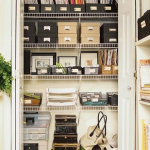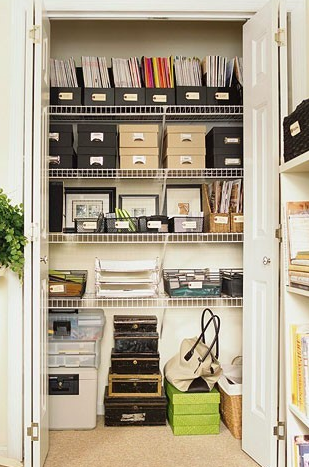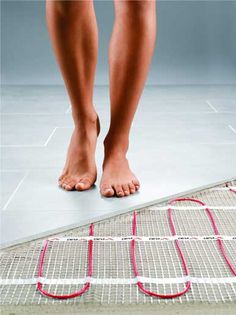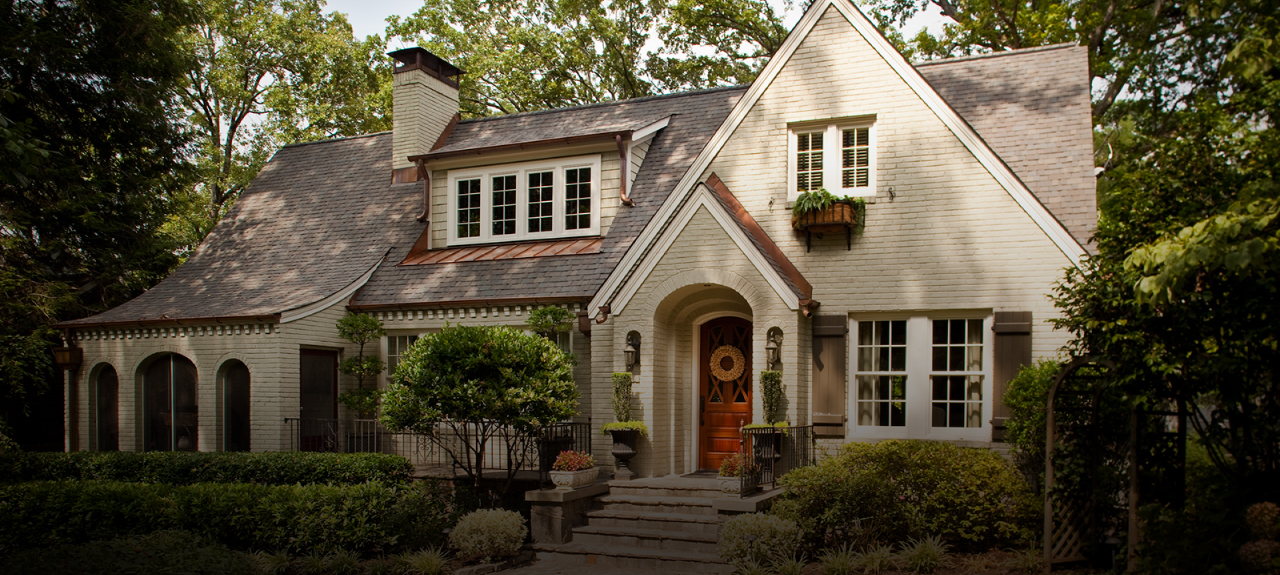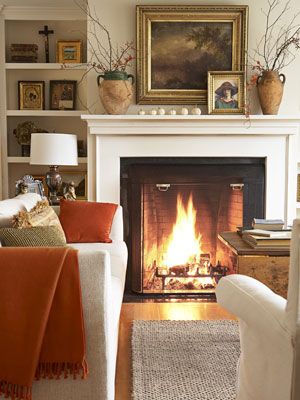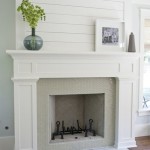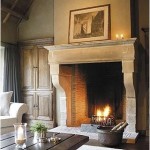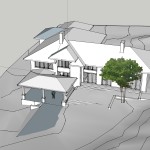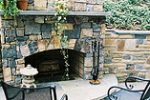Buying a home costs money. Lots of money. There’s the down payment and the monthly mortgage payment and the maintenance and taxes and the insurance and… Are you overwhelmed yet?
It might seem like so much that you just want to put off the house hunt and sign that yearlong lease with your landlord.
But this is going to blow your mind: Even with all of those costs, you still stand to save more than $200,000 over the next 30 years if you buy right now.
“But that’s over the course of 30 years!” you say. “I’m thinking about my money right now!” you say.
Well, get this: Wait just one year, and you throw nearly $19,000 in savings down the drain. The penalties are so high because mortgage rates are forecast to increase and because home prices are rising quickly, according to Realtor.com’s chief economist, Jonathan Smoke.
Yes, there’s a financial benefit and, similarly, a financial penalty—for every single day you pay your landlord instead of your mortgage company. At a national level, the 30-year financial benefit of owning today is $217,726, according to our economic data analysts, who crunched the numbers to determine the relative merits of buying vs. renting. (Their work doesn’t capture qualitative advantages such as more control over your living situation, flexibility with pets, and, generally, more options—all things many potential home buyers would argue are equally, if not more, important when deciding whether to take the plunge.)
Postpone for one year, and you’re losing out on an estimated $18,672 in savings. Delay for three years, and that figure jumps to $54,879.
“We’re at a critical juncture: Rents, home prices, and mortgage rates are all expected to rise significantly over the next several years,” Smoke says. “That means the cost of delaying homeownership will go up even more sharply, if you wait three years or even one. It’s much like the decision to start contributing to a 401(k). Delay contributing, and you lose out on the compounding returns.”
Smoke and his team used a lot of factors to come up with these estimates, and they made quite a few assumptions as well.* For instance, they assumed that any money saved by renters would be invested, and that the investment would enjoy a compound annual growth rate of 5% (that’s consistent with conservative long-term expected market returns).
We know—these are some pretty big assumptions. How many renters are actually saving and investing? But we’re telling you about these assumptions, because the bottom line is this: Our data team stacked the deck against owning and still came out with eye-popping figures in favor of buying.
“The financial calculus confirms it’s wise to buy—and buy as soon as possible,” Smoke says.
That’s because no matter how you slice it, you can’t deny a few key facts that make the case for buying: Nationally, it’s cheaper right now to buy than to rent, home prices are expected to appreciate, and, while renting is subject to inflation, homeownership costs are locked.
But, as always, it depends on where you go.
For example, in Bismarck, ND, the financial benefit of buying is actually negative. That means you’d spend $12,350 more over the next 30 years to buy instead of rent. That’s because in places such as Bismarck, rents are low, and while home prices have risen dramatically over the past few years, they aren’t expected to rise much in the future. That seems like an incentive to buy, right? Not necessarily. Think about this in terms of home appreciation. Because home prices may have peaked for the foreseeable future, you don’t stand to gain much from owning a house here.
The following markets have the least financial benefit over the next 30 years:
1. Bismarck, ND: –$12,350
2. Dallas–Fort Worth, TX: $830
3. Grand Forks, ND–MN: $4,999
4. Kahului–Wailuku–Lahaina, HI: $7,965
5. Houston, TX: $8,951
But travel west to California and you’ll see an entirely different picture. In Santa Cruz, for instance, you stand to save more than $1 million over the next 30 years if you buy today. That’s because both rent and home prices are skyrocketing, thanks to strong economic drivers such as job growth, population growth, and household growth.
But it’s still hard to get a foot in the door: A median-income household in Santa Cruz could afford less than 10% of the homes available for sale there.
In order to realize a positive financial benefit from buying a house, owners have to wait for “break-even time periods”—when the transaction costs of buying and selling cancel out. Nationally, that wait time is just over three years. In markets that have higher home price to rent ratios, such as San Jose, CA, and New York City, owners normally need to wait longer—as long as six to seven years.
“From a pure financial perspective, you have to be committed to staying longer term,” Smoke says about those high-cost markets. “That’s one of the reasons why rents are also high and getting higher.”
The 30-year financial benefit of owning in the following markets exceeds $500,000:
1. Santa Cruz–Watsonville, CA: $1,006,413
2. Santa Rosa, CA: $883,068
3. San Jose–Sunnyvale–Santa Clara, CA: $782,144
4. Urban Honolulu, HI: $714,748
5. Napa, CA: $712,192
So, in some places you win, in other places you lose. That kind of means it all balances out, right?
Nope, Smoke says: Nearly 90% of the markets (335 of ‘em) produce a financial benefit of at least $100,000 from owning over 30 years. In addition, almost a quarter of the nation’s markets reap a financial return greater than the national average.
*Our data analysts used the following assumptions to calculate the relative merit of buying vs. renting:
They factored in a 20% down payment with a closing cost of 3%. Maintenance and annual improvement costs are 1%, and the opportunity cost of capital is 5% (average U.S. investors required return on equity investments).
They assumed a marginal tax of 25% and the cost of selling a house is 8% of the sale price. Capital gains tax is 15% beyond $500,000 (for married couples). Rent brokerage is 1% of first year’s rent and rent insurance is 1% of monthly rent.
